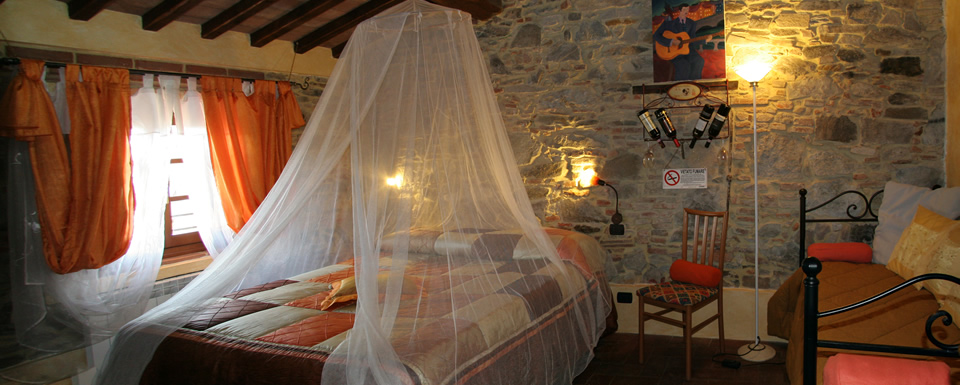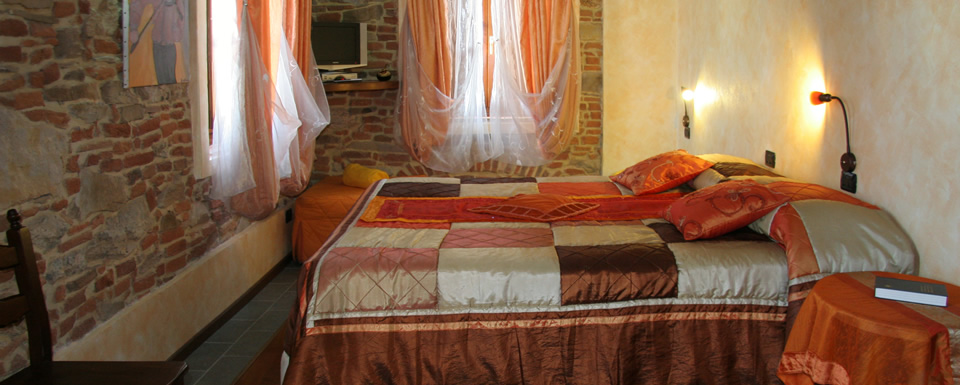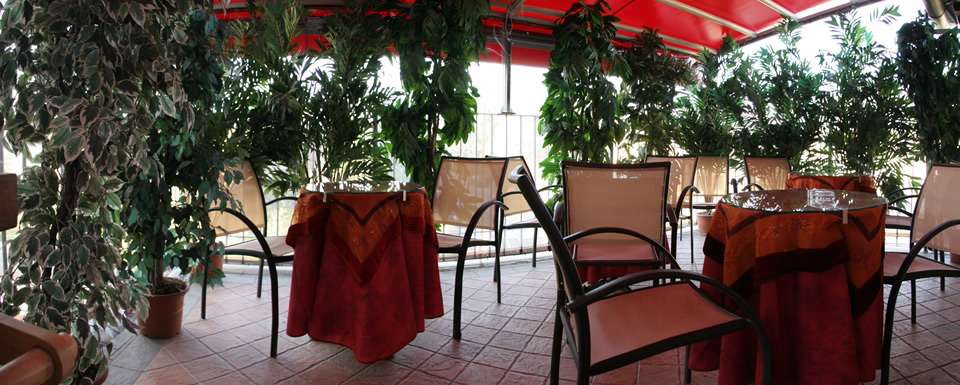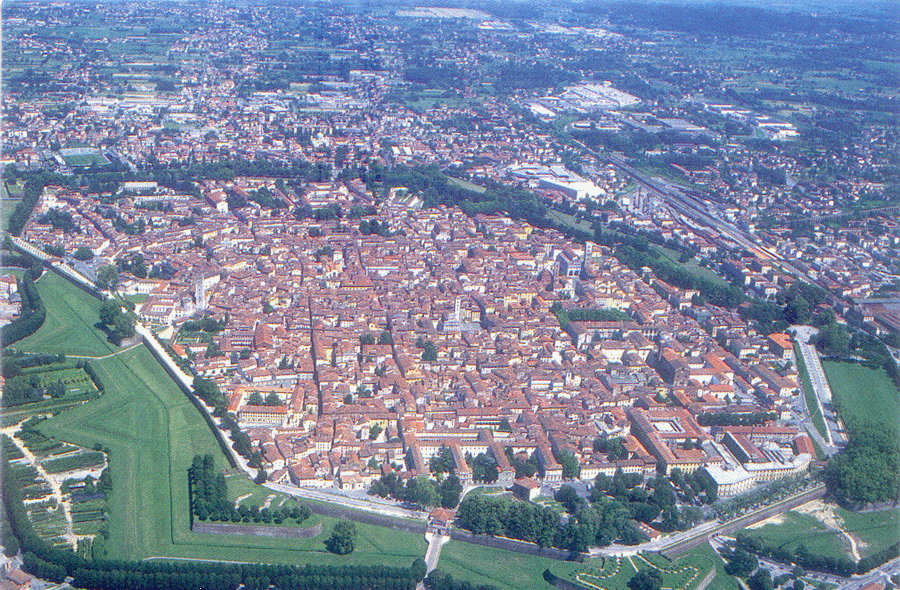Il "Tangohotel" si trova a pochi metri dalle mura Lucca, in via della Formica 390 (San Concordio), a poche centinaia di metri dalle mura della città. Situato in una posizione estremamente facile da raggiungere con qualsiasi mezzo di trasporto, a pochi metri dalla stazione ferroviaria e dall'uscita dell'autostrada Per questa ottima collocazione, "Tangohotel" è particolarmente adatto per turismo e per affari.
Come arrivare... in auto:
- Per chi proviene dall'Autostrada del Sole (Milano-Napoli) (A1): all'altezza dell'uscita FIRENZE NORD immettersi sull'Autostrada FIRENZE-MARE (A11) direzione PISA NORD e uscire a LUCCA EST.
- Per chi proviene dall'Autostrada GENOVA-LIVORNO (A12): venendo da Genova uscita VIAREGGIO immettersi sull' A11 per FIRENZE ed uscire a LUCCA EST, venendo invece da LIVORNO uscita PISA NORD immettersi sull' A11 per FIRENZE ed uscire a LUCCA EST.
- Appena arrivati all'uscita dell'autostrada di Lucca Est un incaricato del nostro personale verrà ad incontrarvi e vi accompagnerà al Tangohotel.
Il nostro Tangohotel dispone di un parcheggio privato
Come arrivare... in aereo:
- Arrivo all'Aeroporto di FIRENZE Peretola (dista 60 Km circa), immettersi sull'Autostrada FIRENZE-MARE (A11) direzione PISA NORD e uscire a LUCCA EST.
- Arrivo all'Aeroporto Galilei di PISA (35 Km) immettersi sull'Autostrada (A12) direzione Genova, uscita PISA NORD immettersi sull' A11 per FIRENZE ed uscire a LUCCA EST.
- Appena arrivati all'uscita dell'autostrada di Lucca Est un incaricato del nostro personale verrà ad incontrarvi e vi accompagnerà al Tangohotel.
Come arrivare... in treno:
- La Stazione di Lucca è raggiungibile venendo da Pisa, da Viareggio e da Firenze.
- Una volta arrivati alla stazione uscire dal retro della stessa e girare a destra. Troverete a pochi metri, in via della Formica, il Tangohotel.
Distanze delle maggiori città toscane da Lucca:
Firenze - 60 Km
Pisa - 28 Km
Viareggio - 20 Km
Siena - 110 Km
Abetone (famosa località sciistica) - 60 Km










